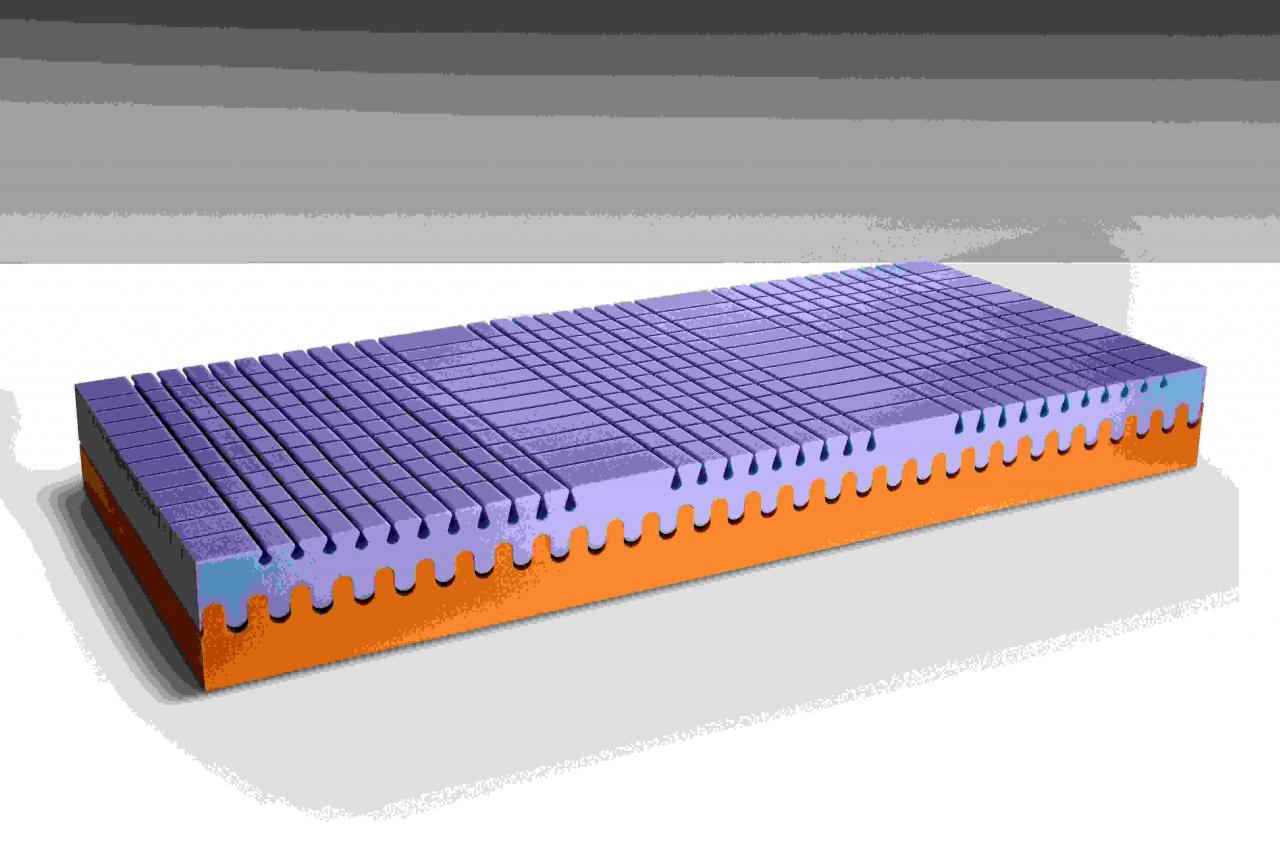● NEVEON has successfully produced high-quality foam blocks containing 80% recycled polyols and made them into new finished mattresses.
● The raw material for this process is recycled polyols, which come entirely from old mattresses, thanks to a special recycling process developed by BASF
● EVEON uses an adhesive-free process to bond foam made from recycled polyols with REDcert2 certified foam to create a more sustainable polyurethane foam mattress.

With the shift from single-use products to recycling and resource conservation, the future is all about the circular economy – and NEVEON, the foam specialist from the Greiner Group, has this in mind. This is why NEVEON has cooperated with BASF as early as 2021, aiming to realize the closed loop of mattress life cycle. By chemically recycling old mattresses, BASF is doing what it can to replace fossil-based polyols with high-quality recycled polyols. NEVEON returns mattresses to the resource cycle by using recycled polyols to produce high-quality mattress foam and other downstream products, which are no different in quality from mattresses made from virgin polyols.
Technological Breakthrough: Polyurethane Foam Containing 80% Regenerated Polyol – 100% Comfort
This shared circular economy journey contains a major technological breakthrough. Thanks to a special recycling process developed by BASF, it is possible for the first time to produce recycled polyols from old mattresses on an industrial scale. NEVEON converts this recycled polyol into high-quality foam blocks with a recycled polyol content of 80%, and uses them to produce a large number of finished mattresses. Foam production on an industrial scale requires not only a great deal of know-how and precision, but also high-quality raw materials.
Roland Krömer, Vice President of R&D Excellence at the NEVEON Group: “The challenge in making foam blocks with such a high proportion of recycled polyols obtained from old mattresses is to optimize the formulation and production process so that all the quality characteristics such as high breathability And the perfect foam cell structure, the same as mattresses made with virgin polyols. This is also the first time that such a high percentage of recycled polyols entirely from old mattresses has been used to achieve this.”
Use of mass-balanced raw materials certified by REDcert2
In addition to polyols, isocyanates are also required to make polyurethane foams. Because these materials are not yet available in recycled form, and recycled polyols are still some way away from widespread commercialization, NEVEON has adapted two of its plants to accommodate the use of sustainable, mass-balanced raw materials. This means that NEVEON now meets the requirements for REDcert2 certification, using certified isocyanates and polyols that will come from BASF’s Biomass Balance (BMB) product line, where fossil-based raw materials have been completely replaced by sustainable certified raw materials. Therefore, NEVEON has been able to supply these foams in large quantities to reduce the carbon footprint.
Make mattresses more sustainable without the use of adhesives
To ensure that mattresses are as comfortable as possible, they tend to consist of different types of foam, which are often bonded together. The problem, however, is that this makes mattresses more difficult to recycle. But NEVEON has a solution for this too, using an adhesive-free zipper design to bond its foam made from recycled polyols with REDcert2 certified foam to create a more sustainable polyurethane foam mattress . The absence of adhesives means that the bonded foam blocks used in the mattress are not only free of other substances, but also easy to take apart, both features that help make the recycling process as simple and efficient as possible at the end of the product’s life cycle .
Jürgen Kleinrath, CEO of the NEVEON Group: “It is a huge opportunity for us to manufacture first-class mattress foam from recycled polyols at our plant in Krems-münster, Austria, and to use REDcert2 certified mass balance raw materials. Success is also an important step towards closing the mattress life cycle. But our joy in achieving these milestones does not mean that we will rest on our laurels. On the contrary, our journey is far from over and we will continue to focus on All the effort to ensure that the mattresses of the future can be fully industrialized in a closed life cycle.”



 微信扫一扫打赏
微信扫一扫打赏
